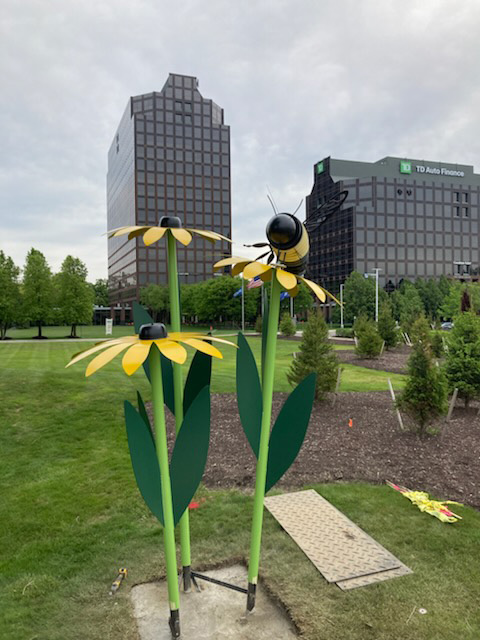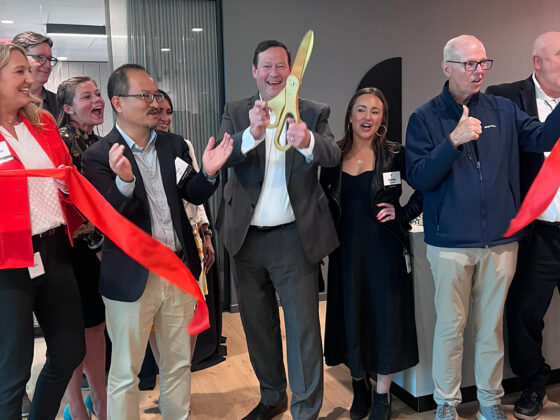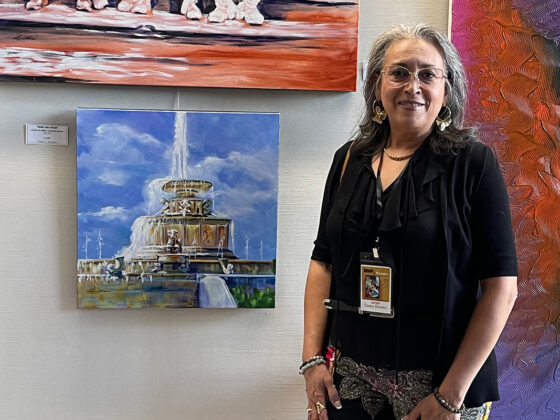 The use of pesticides, urbanization and climate change have all contributed to a decline in the population of many pollinators.
The use of pesticides, urbanization and climate change have all contributed to a decline in the population of many pollinators.
Insects, bees, butterflies and even bats move pollen from one flower to another, helping with the reproduction process of flowers, fruits and vegetables, such as tomatoes, cucumbers and eggplant, as well as seeds and nuts.
While the declining monarch butterfly population has garnered attention in recent years, the dwindling bee population has become the focus of several recent studies.
According to one study by NatureServe, a provider of scientific information for endangered species, more than a third of the assessed native bee species are at risk of extinction. The study, published in the journal Proceedings of the National Academy of Sciences, found that 22.6% of assessed pollinator species face an elevated extinction risk, with bees noted as the most threatened.
As experts have reported, bees are especially critical to our food systems as they support more than 35% of global agricultural land. Farmers rely on bees to pollinate their crops. The outlook in some regions of the country is grim with honeybee populations dropping by nearly 40% in the last 10 years. This loss has contributed to struggling farmers whose livelihood is at stake due to shrinking harvests.
Without targeted conservation actions, experts predict the loss of pollinators could have tumbling effects on plant reproduction, wildlife populations and ecosystems.
Southfield City Centre is doing its share to help reverse the country’s dwindling pollinator numbers with the creation of its Pollinator Garden, says Terry Croad, AICP, ASLA, City of Southfield Director of Planning. “Having small, natural areas in a suburban/urban setting like our Pollinator Garden can help these important populations to grow.”
In addition to annuals, perennials and a variety of trees and shrubs that help feed and protect pollinators, nearby colorful sculptures bring recognition to these endangered species. A bee sculpture, the second in a series of art installations, recently joined a dramatic monarch butterfly sculpture, which was installed in 2023.
“These art installations are meant to be whimsical in character but designed to shed light on the decline of our pollinators,” says Croad.
“The Pollinator Garden project goes hand in hand with our commitment to sustainability and brings awareness to the decline of pollinators,” says Souzan Yousif, ENV SP, LEED AP, Sustainability Planner with the Southfield Planning Department. “We hope to inspire other communities to design similar gardens to attract butterflies, bees and other pollinators to urban areas.”
SIDEBAR
What can you do to help protect bees and other pollinators?
- Plant native plants and flowers, which provide food and shelter.
- Reduce pesticide use by choosing organic gardening methods.
- Support beekeepers by purchasing local honey.
- Spread awareness about the importance of bees and other pollinators.





